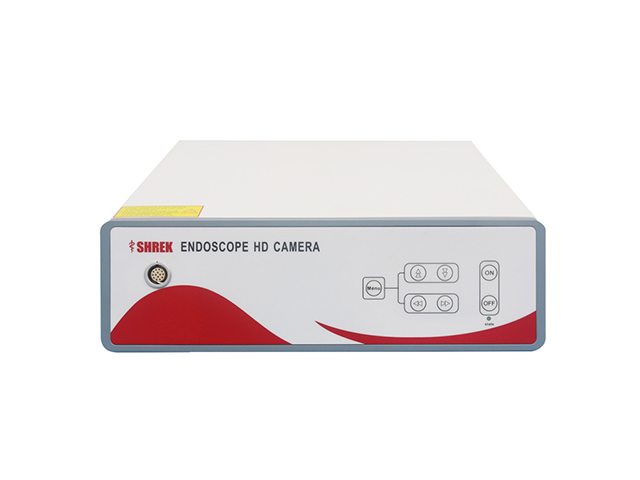SHREK NEWS
Why does the endoscopic camera system use CMOS sensor?

Endoscopic camera systems use CMOS (Complementary Metal-Oxide-Semiconductor) sensors because they offer several advantages over other types of sensors, such as CCD (Charge-Coupled Device) sensors. Some of the key reasons why CMOS sensors are preferred in endoscopic camera systems are:
Low Power Consumption: CMOS sensors require much less power than CCD sensors, making them ideal for portable or battery-powered endoscopic camera systems.
Higher Speeds: CMOS sensors can capture images and video at much higher speeds than CCD sensors, making them more suitable for capturing fast-moving images and video during endoscopic procedures.
Lower Noise: CMOS sensors produce less noise than CCD sensors, resulting in clearer, sharper images.
Lower Cost: CMOS sensors are generally less expensive to manufacture than CCD sensors, making them a cost-effective option for endoscopic camera systems.
Compact Size: CMOS sensors can be made very small, which is important for endoscopic cameras, which need to be small enough to fit through narrow openings and be easily maneuverable.
Overall, the combination of low power consumption, high speed, low noise, lower cost, and compact size make CMOS sensors an ideal choice for endoscopic camera systems.




